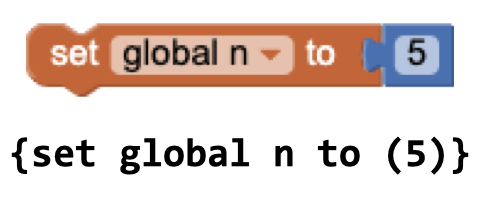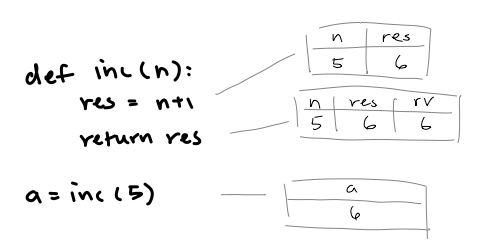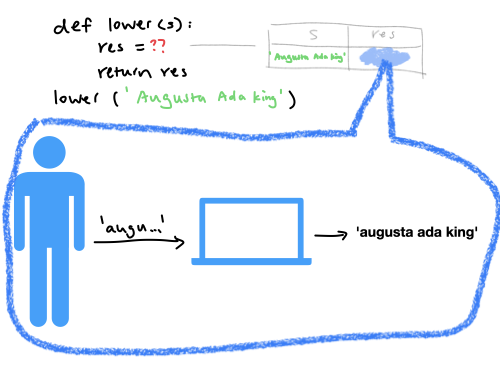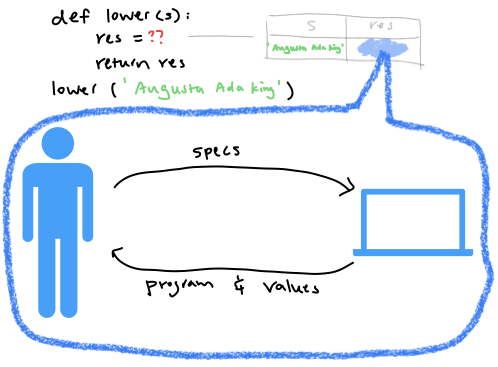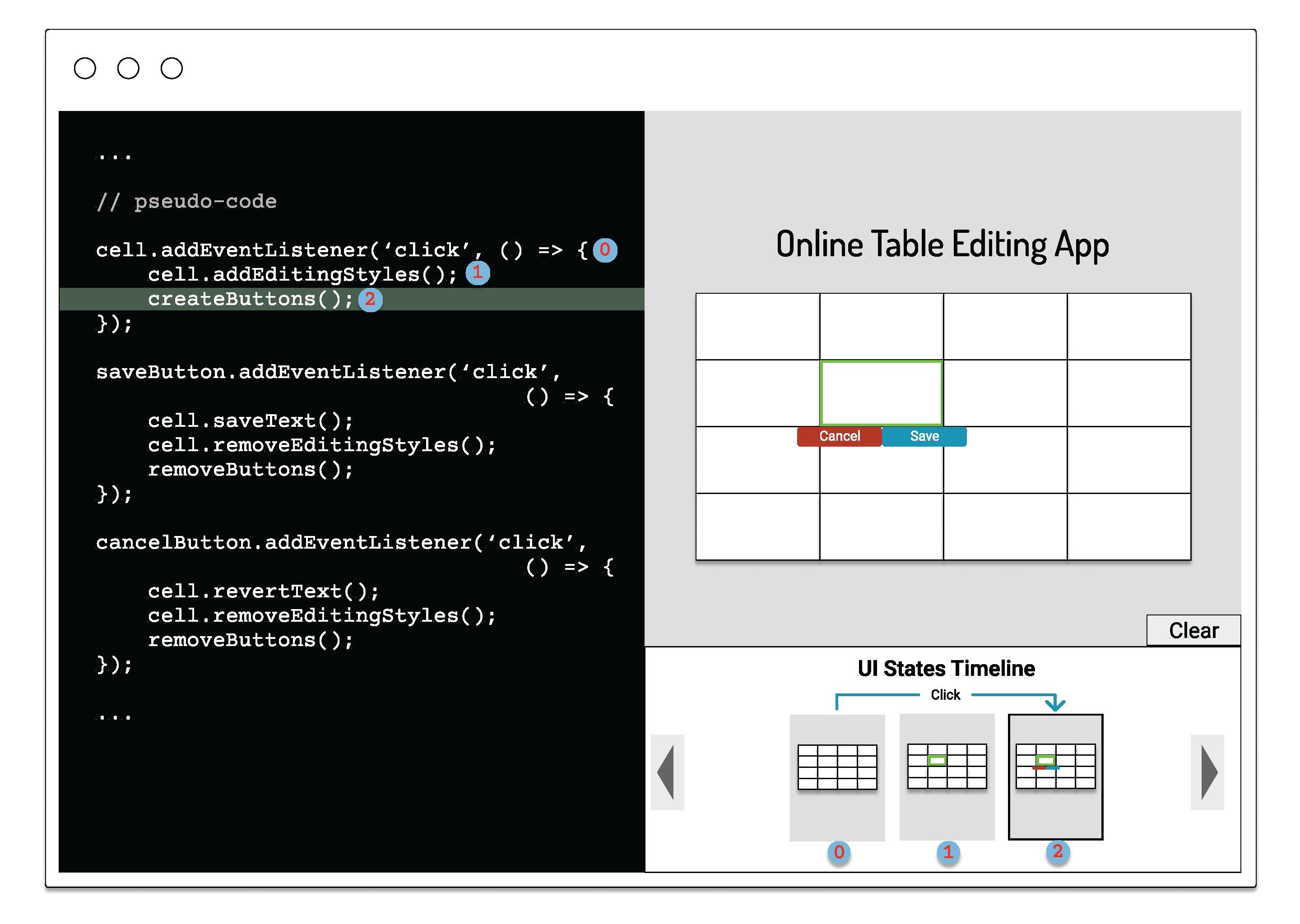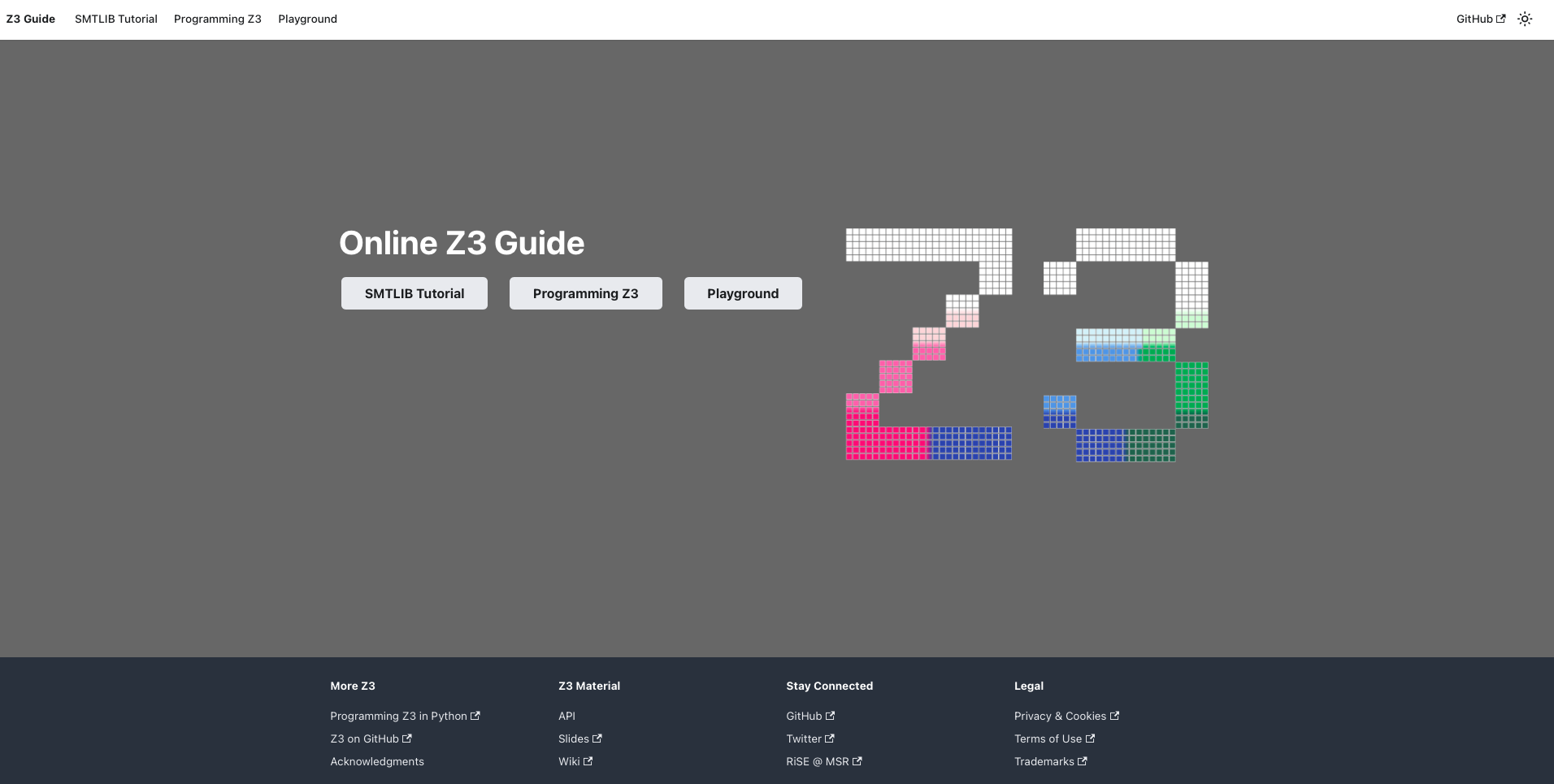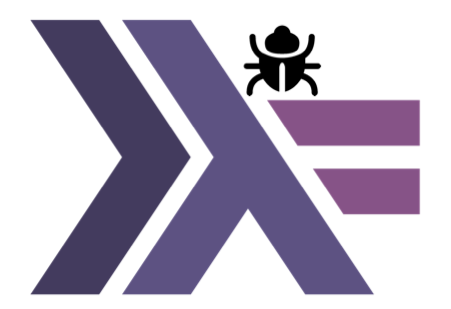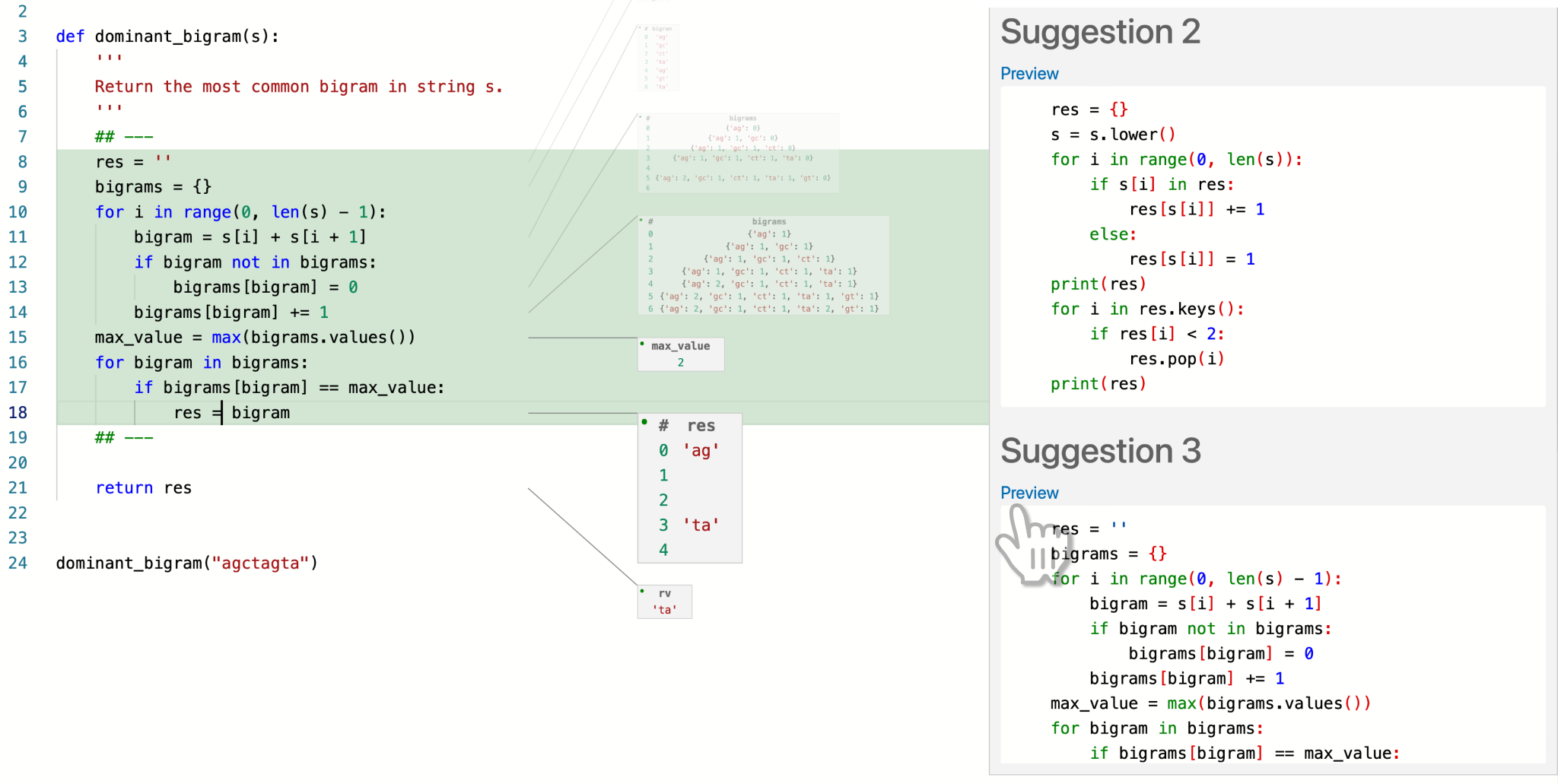Visualizing TwitterTrails Stories (2018.1 - 2018.10) [poster]
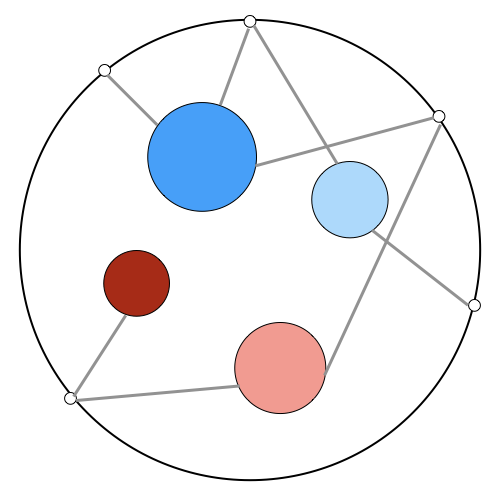
TwitterTrails is a tool that allows members of the media to track the trustworthiness of stories shared on Twitter co-built by Panagiotis Metaxas at Wellesley College. My prototype visualizes the stories (circles) and their tags (linked lines connecting the circles to the dots on the outer bigger circle) alongside their magnitudes of spread (sizes of circles) and levels of trustworthiness (blue=undisputed, red=doubtful) as determined by TwitterTrails’ algorithm. With this interactive visualization, users are able to focus on stories/tags of their interest through the filtering mechanism and interpret metrics of a story more easily without examining its associated tweets.

